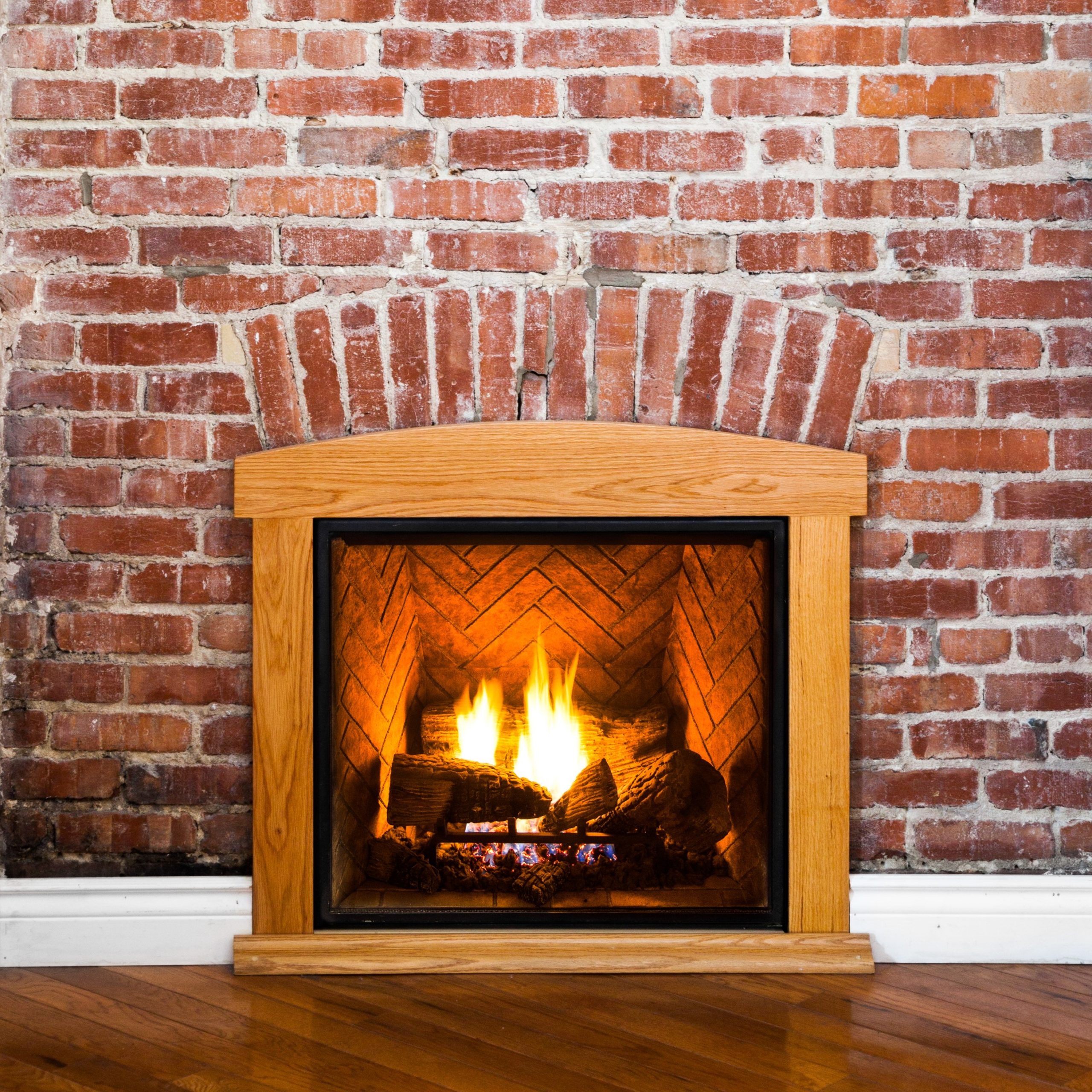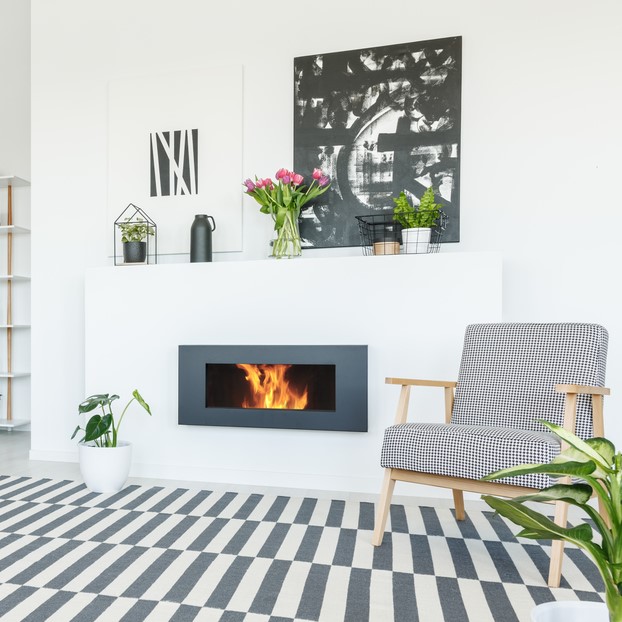What Not to Burn In Your Fireplace
The fireplace is crackling in your living room as you sit on the couch, polishing off a package of cookies and reading the last page of your favorite magazine. You get up to throw away the empty cookie package and recycle the magazine and then think, “Maybe I’ll just throw both things in the fire! It could use more kindling, after all.” Before you consider burning plastic or magazines in the fireplace, think again!
 Burning Plastic in a Fireplace is Not Okay
Burning Plastic in a Fireplace is Not Okay
Whether you are considering burning plastic bags, bottles, packaging, or milk cartons, it is not safe to do so. Plastic contains many chemicals. When it is burned, those chemicals are released into the air, making it toxic and unsafe to breathe. It is negative for your health and can cause headaches, breathing issues, and possibly cancer. It is also bad for the environment as a whole.
Do You Have a Chimney in the Boston, MA Area?
If you have a chimney in the Boston, MA area and have questions about chimney use and safety, maintenance, sweeps, or inspections, contact us. Boston’s Best Chimney is a full service chimney company that has been serving the Greater Boston, Massachusetts area since 1989.
Can You Burn Magazines in a Fireplace?
This question often stumps people. Magazines are made of paper, after all, which, like wood, comes from trees. If you think more deeply about it, however, you will realize that burning magazines is also not safe. The glossy pages of magazines contain chemical pigments that, like plastic, release toxic chemicals when they are burned.
Both plastic and magazines can cause fires, as they are very flammable. We recommend that you check out our Fire Safety Checklist to learn more about how to prevent chimney fires.
Other Items to Avoid Burning
Using your fireplace correctly is essential to keeping it in good working order and to keeping your family and home safe. With that in mind, here are some other items that you should not burn in your fireplace:
- Trash
- Cardboard
- Charcoal
- Dryer lint
- Driftwood
- Branches of old Christmas trees
- Treated wood
- Certain plants
Though some of these items would be okay to use in a campfire, the guidelines on what is safe to burn in your fireplace are more strict.
What to Burn in Your Fireplace
Dry and seasoned wood is the only thing that is safe to burn in your fireplace. Seasoned wood has been left to dry for a long time causing it to burn more cleanly. It also makes it easier for you to start the fire by yourself. Check out our blog on the best woods for firewood for more tips on the type of wood to choose.
Get Your Chimney Swept and Inspected Regularly
Whether or not you have made the mistake of burning the wrong materials in your fireplace, it is necessary for your safety to have your chimney inspected annually and swept as needed. The Boston’s Best Chimney team is certified by the Chimney Safety Institute of America and ready to serve you. Click here or call 781-893-6611 to schedule an appointment with us.
The post What Not to Burn In Your Fireplace appeared first on Boston's Best Chimney.

 If you don’t already have a mantel
If you don’t already have a mantel Plants
Plants
 Every home with a wood-burning fireplace needs to have it cleaned and inspected according to the amount of use it gets. Guidelines set up by the National Fire Protection Association recommend the chimney and accompanying firebox (fireplace) be cleaned for every cord
Every home with a wood-burning fireplace needs to have it cleaned and inspected according to the amount of use it gets. Guidelines set up by the National Fire Protection Association recommend the chimney and accompanying firebox (fireplace) be cleaned for every cord The next question homeowners ask is what is creosote and why does it need to be removed? Creosote is a build-up of soot from burning wood. When wood burns, it deposits black soot on the walls of a chimney. If those deposits become too thick it develops into very flammable almost tar-like substance. When embers from a fire get caught in that tar, it can start a chimney fire. Once a chimney fire starts, it spreads to other parts of the home with lightning speed.
The next question homeowners ask is what is creosote and why does it need to be removed? Creosote is a build-up of soot from burning wood. When wood burns, it deposits black soot on the walls of a chimney. If those deposits become too thick it develops into very flammable almost tar-like substance. When embers from a fire get caught in that tar, it can start a chimney fire. Once a chimney fire starts, it spreads to other parts of the home with lightning speed.
 It’s spring, and for most of the country, that means rain and more rain. As homeowners, we know when our roof leaks and when the windows aren’t as tightly sealed as they should be. When
It’s spring, and for most of the country, that means rain and more rain. As homeowners, we know when our roof leaks and when the windows aren’t as tightly sealed as they should be. When 
 Damaged Chimney Cap
Damaged Chimney Cap

